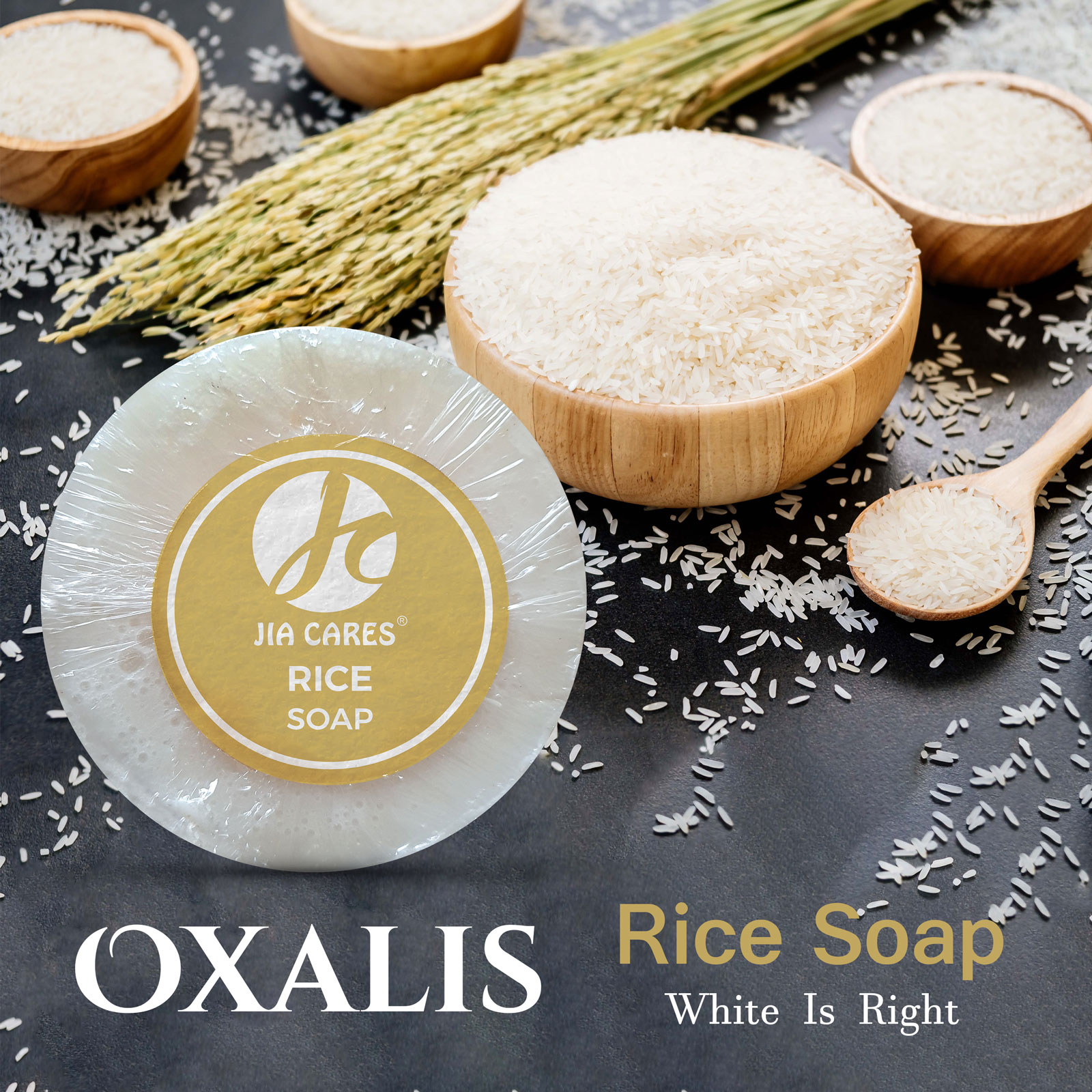No products in the cart.
Shopping Cart
- 0326-6616668, 03253303000
- info@jiacares.net
- No.20-B, New Queens Road, Karachi 74000, Pakistan
© 2024 Jia Cosmetics. Design & Developed By Mediaidee.com
No products in the cart.
Sorrel, also known as Indian sorrel is a creeping leafy green that is a delicate, herbaceous and low-growing plant about the height of 30 cm. Sorrel goes by the botanical name Oxalis corniculata and belongs to the Oxalidaceae family and the plant resembles quite a lot like the common yellow wood sorrel, i.e. Oxalis stricta.
The plant is usually found growing in gardens, lawns, grassland, agricultural fields, and plant nurseries. The plants are found thriving in the temperate and subtropical regions across Asia, Europe and North America. In Asia it is found in India, China, Indonesia, Pakistan, Afghanistan, Taiwan and Japan. And in India, it is mostly found in open gardens, grasslands, riversides, mountains, and along the roadsides.
The plant has smooth, palmately compound leaves that are divided into three heart-shaped leaflets, which are bright green on the upper surface, and purplish to dark red on their under surface. One unique characteristic feature of the plant is that it folds up the leaves at night or during stress and opens them in the morning. Sorrel has yellow coloured five-petalled flowers that usually blooms from May to October. The flowers give rise to capsulate fruits that are hairy, tomentose, and sub cylindric. Seeds are usually long, rough, egg-shaped, and dark purplish-brown in colour. On ripening, the capsule bursts open to spread the seeds everywhere in the garden giving rise to more creeping sorrel herbs.
Though the plant is considered a weed in different parts of the world, yet it is traditionally used in alternative medicines and are extensively used for treating various diseases and health anomalies.
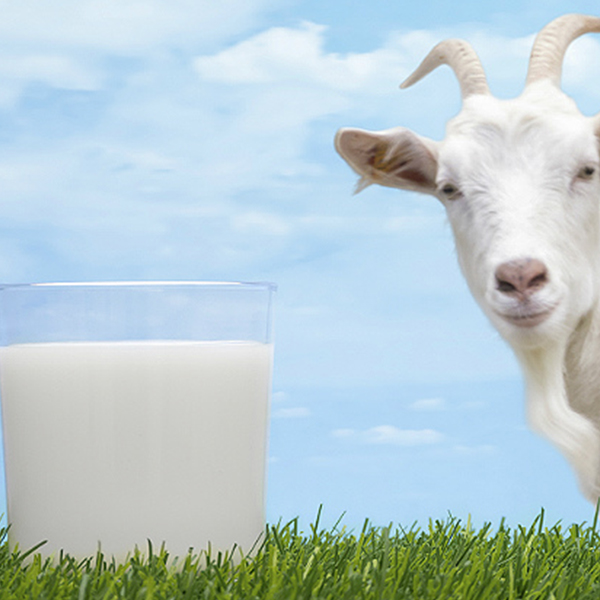 Fatty acids in goat milk aid in skin barrier repair, probiotics promote the development of healthy skin bacteria, and vitamin A aids in mild exfoliation.
Fatty acids in goat milk aid in skin barrier repair, probiotics promote the development of healthy skin bacteria, and vitamin A aids in mild exfoliation.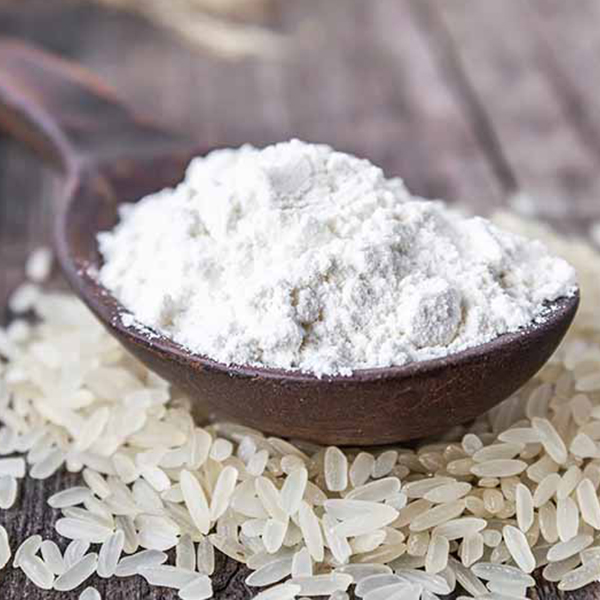 Rice lessens dead skin cells, hyperpigmentation, lines and wrinkles, and UV damage.
Rice lessens dead skin cells, hyperpigmentation, lines and wrinkles, and UV damage. Aloe Vera moisturizes the skin, promotes wound healing, fights skin aging, and lessens infection. It also possesses cooling and anti-inflammatory qualities.
Aloe Vera moisturizes the skin, promotes wound healing, fights skin aging, and lessens infection. It also possesses cooling and anti-inflammatory qualities.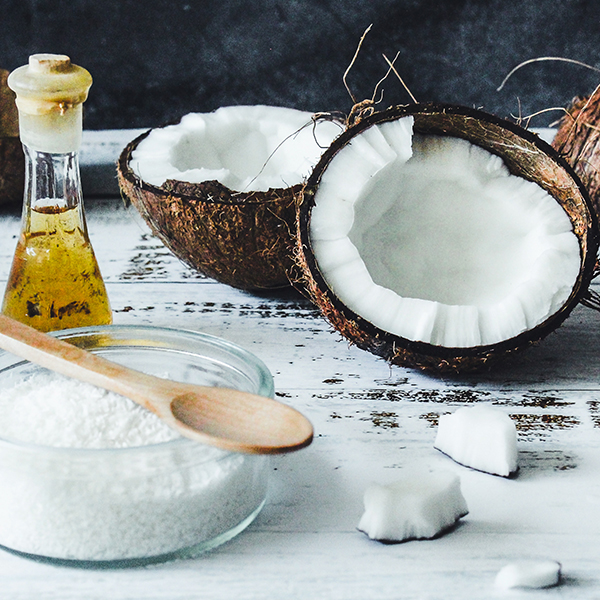 Olive oil is a natural wonder with several skin benefits. This vitamin-, mineral-, and antioxidant-rich liquid gold has long been a part of cosmetic regimens. Due to its high vitamin and antioxidant content, olive oil has been linked to improved skin hydration, anti-aging effects, and relief from sun damage.
Olive oil is a natural wonder with several skin benefits. This vitamin-, mineral-, and antioxidant-rich liquid gold has long been a part of cosmetic regimens. Due to its high vitamin and antioxidant content, olive oil has been linked to improved skin hydration, anti-aging effects, and relief from sun damage.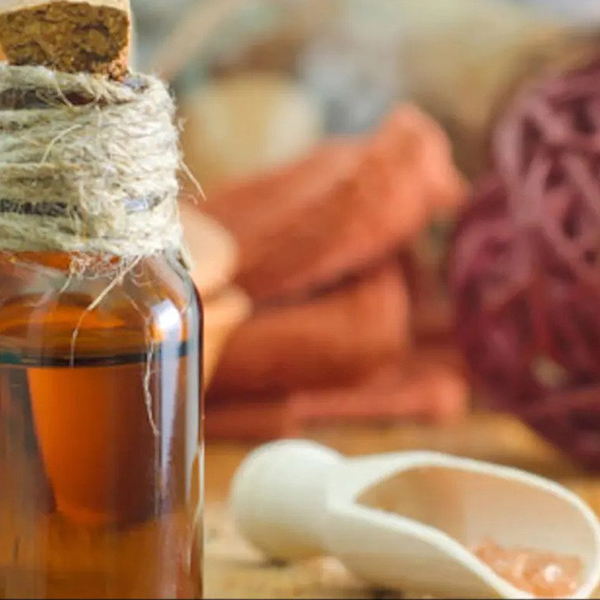 Glycerine is great for the skin since it works as a humectant, a substance that aids in the skin’s ability to retain moisture. In addition to increasing moisture and decreasing dryness, it can rehydrate the epidermis. Because glycerine can remain in the skin for a while, it helps the skin retain moisture even when exposed to potentially detrimental environmental irritants like pollution. Emollient characteristics also help to soften skin.
Glycerine is great for the skin since it works as a humectant, a substance that aids in the skin’s ability to retain moisture. In addition to increasing moisture and decreasing dryness, it can rehydrate the epidermis. Because glycerine can remain in the skin for a while, it helps the skin retain moisture even when exposed to potentially detrimental environmental irritants like pollution. Emollient characteristics also help to soften skin.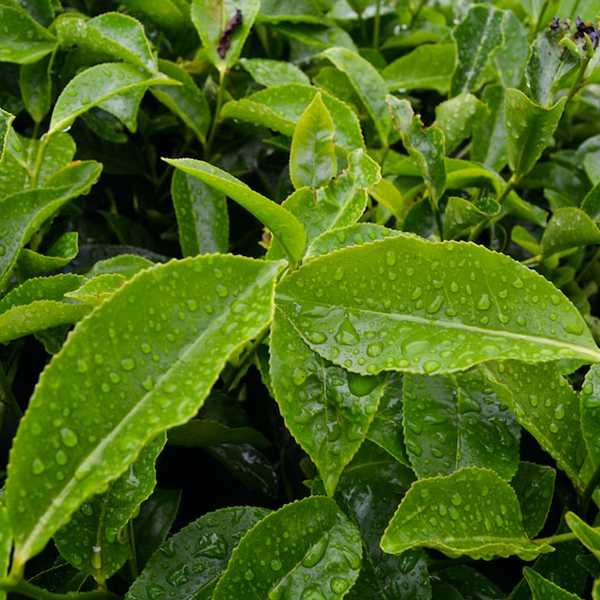 Tea tree oil has antibacterial and anti-inflammatory effects that reduce swelling, redness, and inflammation. You could even get smooth, clear skin by preventing and reducing acne scarring.
Tea tree oil has antibacterial and anti-inflammatory effects that reduce swelling, redness, and inflammation. You could even get smooth, clear skin by preventing and reducing acne scarring.